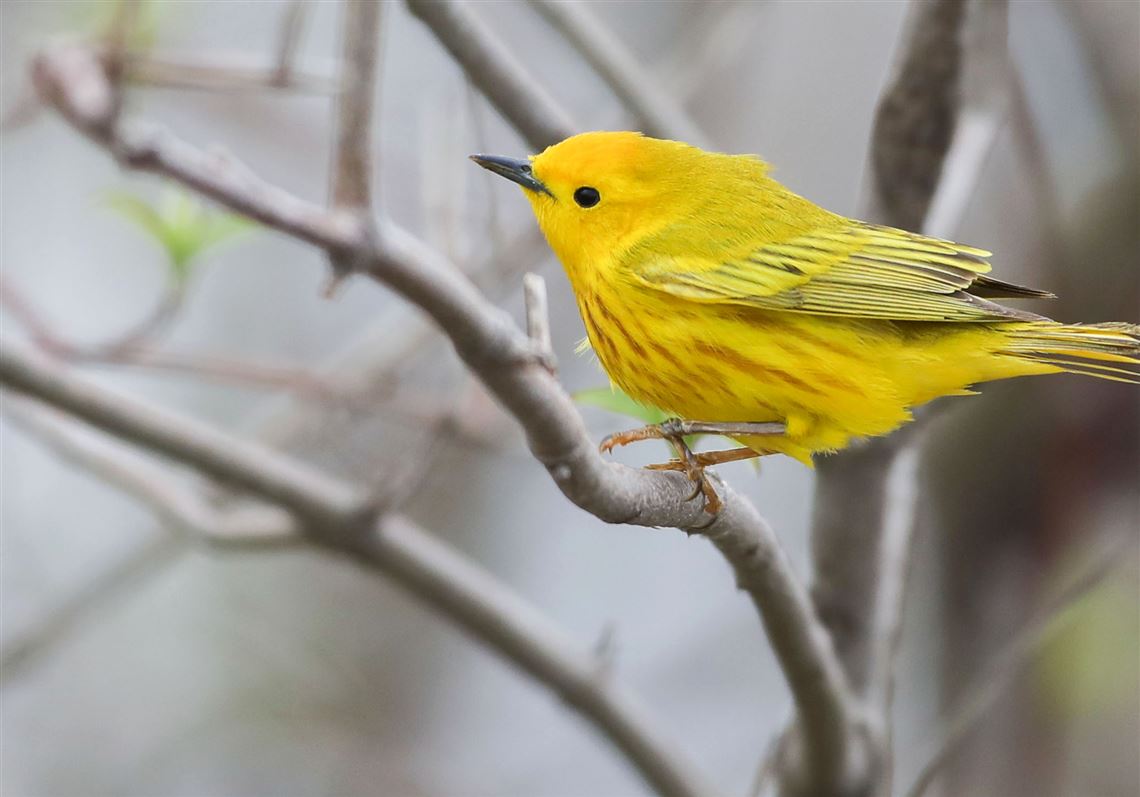Ohio is among the top stopover sites for wildlife to rest safely before migrating in the fall or spring or settling to raise the young ones. A wide variety of wildlife is attracted by the state’s complex landscape of forests, grasslands, coasts, and two major water bodies — Lake Erie and River Ohio. That means you can watch wildlife migration during your vacation in Put-in-Bay. Here is a list of Ohio’s top five most must-see wildlife migrations.
-
Grassland birds
The tiny bobolinks and other grassland birds start each spring and fly around 6000 miles from grasslands in Argentina to reach nesting grounds in northern Ohio. You can watch its breeding plumage and listen to its bubbling song at Big Island, Killdeer plains.
The grasslands in Northern Ohio have become significant breeding locations for the declining bird species such as Northern Harrier and Henslow’s sparrow. The ideal management in forestry, agriculture, and landscaping can significantly improve habitats and reduce landscape fragmentation.
-
Hummingbird
The ruby-throated hummingbird is the most commonly seen hummingbird species in Ohio. These birds weigh just no more than a penny, fly from winter homes to Ohio, like 500 miles of non-stop flights through the Gulf of Mexico in Central and South America.
If you want to see them, you can hang a nectar feeder in your backyard and watch them blowing around. Or plant native plants in your yard, including columbine, cardinal flowers, and bee balm. They prefer shiny tubular flowers that match their beaks’ shape.
-
The Tropical Forest Songbirds
In May, there are better places for bird watching than the shoreline of Ohio’s Lake Erie. The Magee Marsh State Wildlife Area is one of the country’s largest birding areas and attracts millions of migratory songbirds from Central and South America. These tiny, colorful birds gather on the southern lakeside before flying across Lake Erie for rest and refueling. In the Magee Marsh in spring, over 150 species of songbirds have been observed.
During your vacation in this region, you may consider affordable Put-in-Bay hotels, resorts, or other accommodation options.
-
Monarch butterflies
The multigenerational of monarch butterflies, which fly around 3,000 miles, makes it one of the stunning creatures not only in North America but the entire globe. The migration can be watched in autumn. Monarchs are a sign of late spring, as they arrive in considerable numbers to lay eggs on milkweed plants. If you want a good chance of watching these winged migrants, be sure to travel to Kitty Toddy Preserve.
-
Waterfowl and shorebirds
One of the marathoners of bird migration is the American golden plover, which makes an annual spring journey for South American grasslands to its breeding locations in the Arctic Tundra. You can see these birds along the southern shores of Lake Erie at paces such as flooded farm fields as they rest there to put on weight before they cross the lake.
The Godwits can be easily distinguished since they are larger than other shorebirds and birds. Besides, their beaks are half the length of their body. Additionally, dowitchers can be watched, and large flocks of pectoral sandpipers and dunlins, just a few over 47 shorebirds species visiting Ohio.
Birds and wildlife migration is one of the stunning sights. Ohio is an ideal location to watch it at its fines. Visiting parks along Lake Erie gives you an opportunity to view some of the best migrations North America has to offer. Golf cart rental services are a good way to move from one attraction site to another in Put-in-Bay and other Lake Erie Islands.

